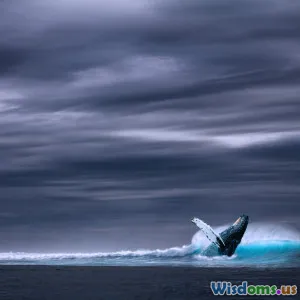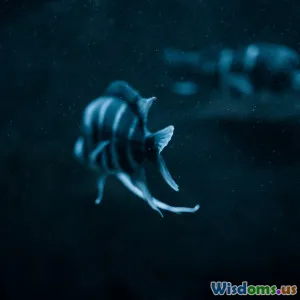
Ten Marine Creatures You Never Knew Existed
15 min read Discover ten astonishing marine creatures you've likely never heard of, showcasing the hidden wonders of the ocean's depths. (0 Reviews)
Ten Marine Creatures You Never Knew Existed
The ocean covers more than 70% of Earth's surface and harbors mysteries greater than any land continent. Scientists estimate that over 80% of the ocean is still unexplored, and even the creatures we do encounter seem to push the boundaries of imagination. Beneath the waves, nature crafts bizarre, beautiful, and baffling life forms. Let's plunge into the lesser-known corners of the marine world and meet ten astonishing creatures most people have never heard of.
The Psychedelic Frogfish: The Master of Disguise
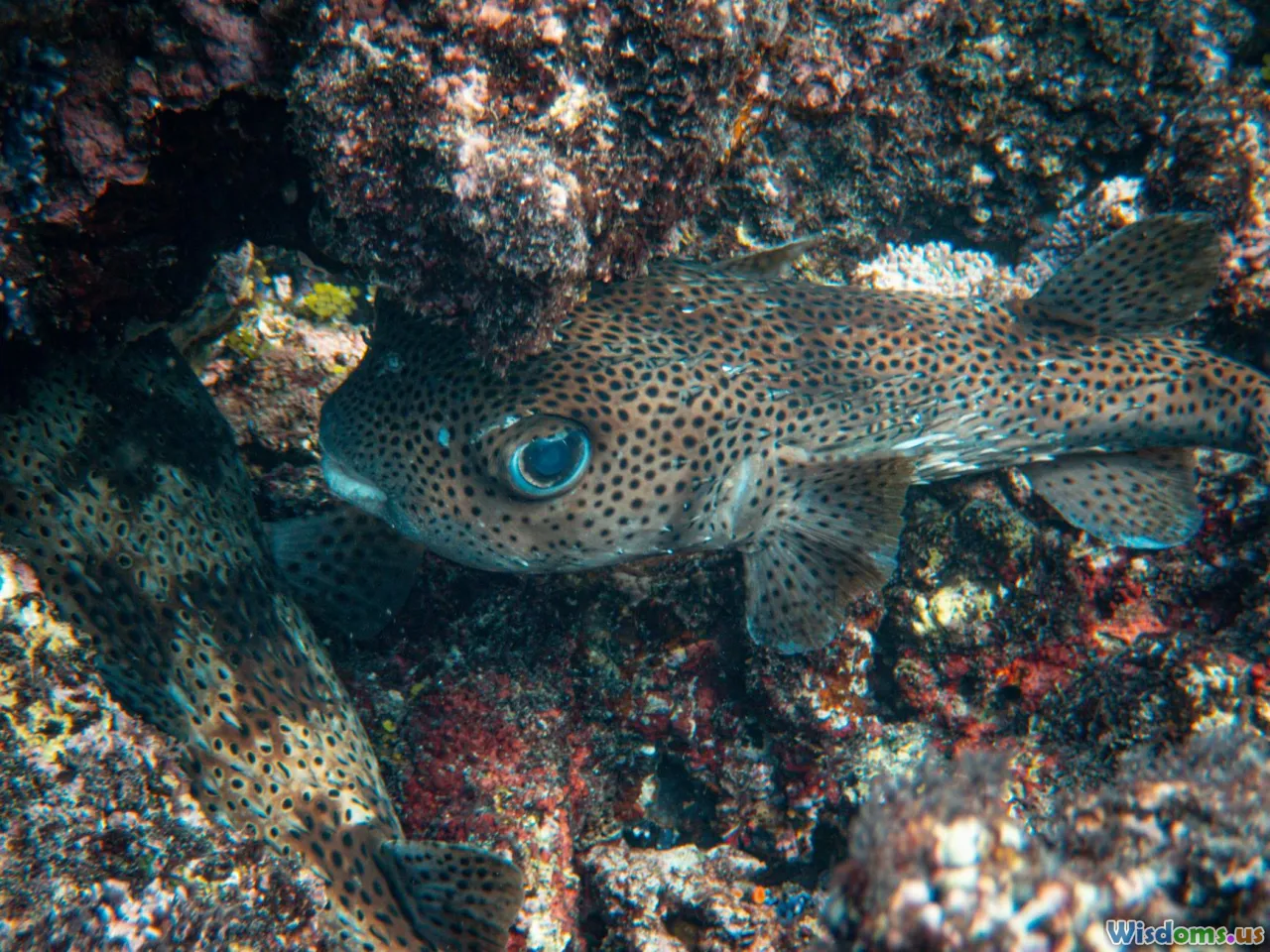
Every magician has their favorite trick, but the psychedelic frogfish may boast the ultimate sleight-of-fin. Discovered in 2008 off Ambon Island, Indonesia, this fish stuns observers with its swirling patterns of pink, yellow, and white.
Why so unusual? Unlike classic camouflage specialists, the psychedelic frogfish can mimic the coral substrates it inhabits, swaying and pulsing its elaborate skin folds. Its mode of locomotion is just as odd: Instead of swimming, it 'walks' on pectoral fins, crawling awkwardly across the sea floor.
Marine biologists still debate the true purpose of its mesmerizing colors, which may be dual-purpose: to deter predators and to seduce unsuspecting small fish toward its mouth, which can snap open at lightning speeds.
Where to Spot Them
Rare footage comes from dive hotspots in the Coral Triangle, emphasizing how much remains to be discovered. Even professional scuba divers often miss this cryptic resident among bright sponges and rubble fields.
The Yeti Crab: Warmth and Weirdness at Hydrothermal Vents
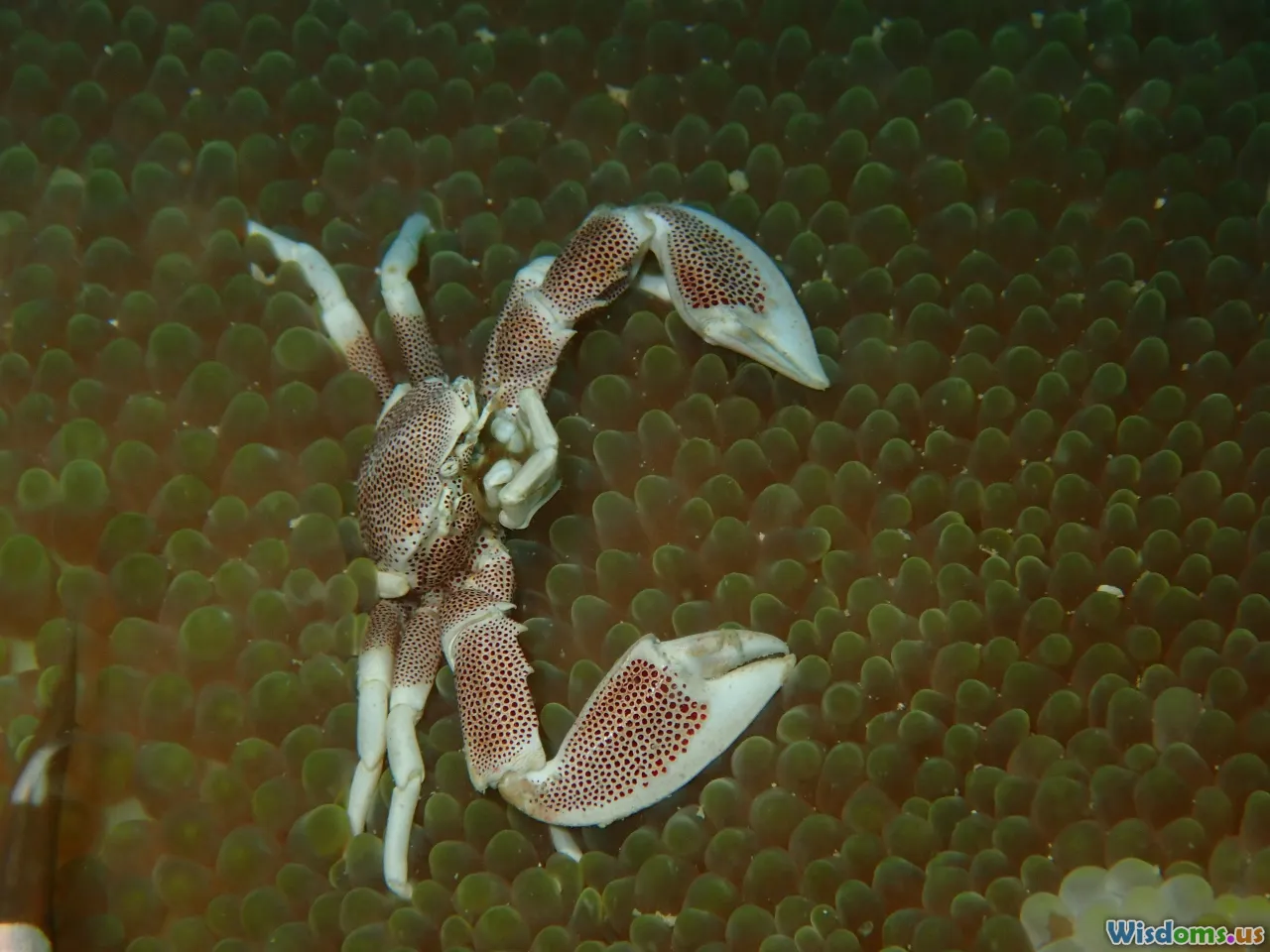
Imagine the famously furry Yeti of Himalayan lore, but now envision it underwater – that’s the Yeti crab (Kiwa hirsuta). First described in 2005, these crabs live deep, where sunlight can’t penetrate. Their distinctive feature? Silky blonde "hair" (actually filamentous setae) on their pincers and limbs.
What’s so special? At up to 7,200 feet (2,200 meters) under the sea near hydrothermal vents, Yeti crabs cultivate bacteria within their bristles. This win-win microbe farm feeds the crab while the bacteria detoxify minerals surrounding the volcanic vents.
Salty tip: Found only in Pacific vent communities, Yeti crabs demonstrate how life not only adapts to, but thrives in, conditions humans would find lethal.
Barreleye Fish: Eyes on the Top
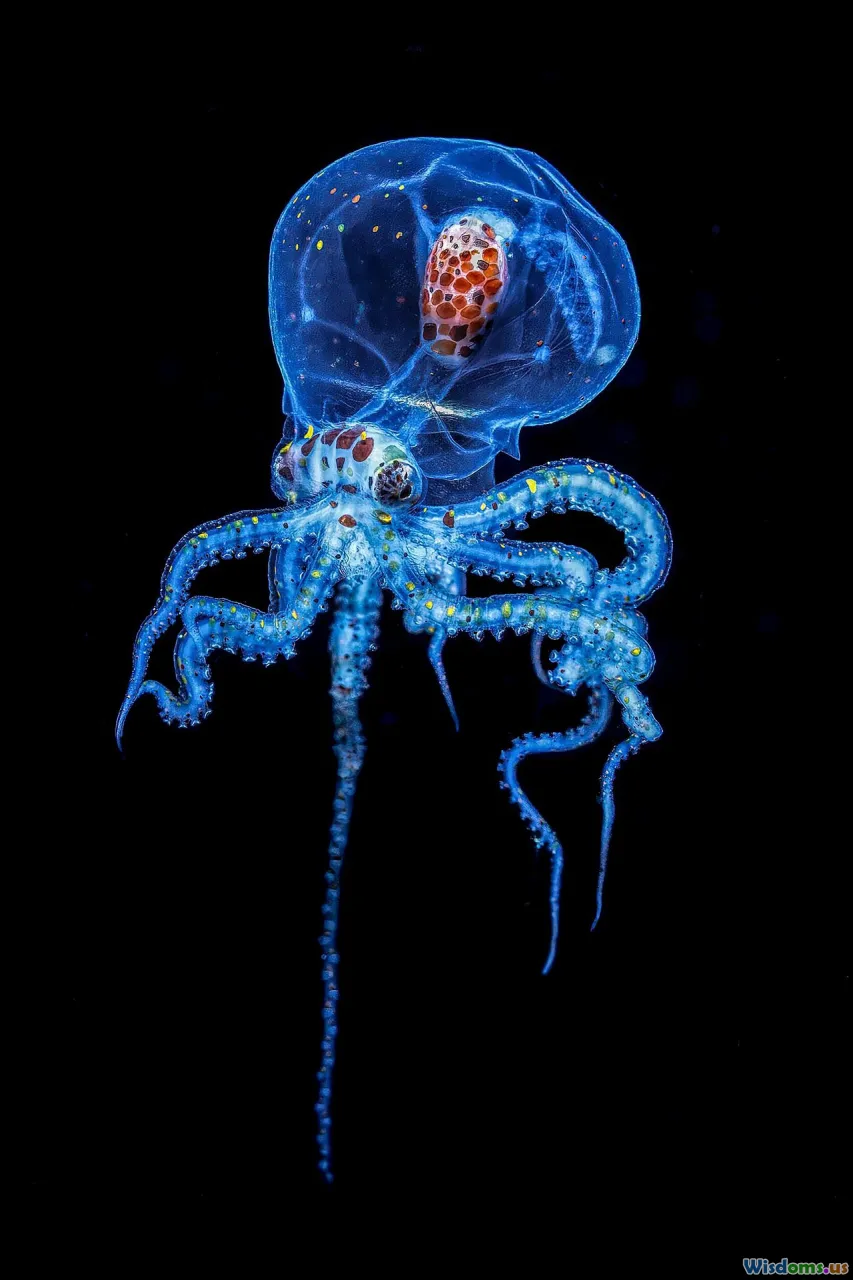
Deep in the midnight zone lives a true sci-fi anomaly—the barreleye fish (Macropinna microstoma). Its incredibly rare discovery in Monterey Bay’s depths sparked astonishment among biologists due to one major feature: a transparent, dome-like head that exposes its barrel-shaped, upward-facing eyes.
How does it work? Those odd green eyes collect the faintest glimmers from bioluminescent prey above. The transparent casing allows the eyes to rotate, giving it a panoramic view that would make even the best submarine jealous.
Don’t expect to see one yourself—they live around 2,000-2,600 feet (600–800 meters) below the surface, and only advanced submersibles have reported encounters. Nonetheless, gifs and videos by MBARI (Monterey Bay Aquarium Research Institute) reveal a secretive marvel with true alien flair.
Dumbo Octopus: Cute Meets the Abyss
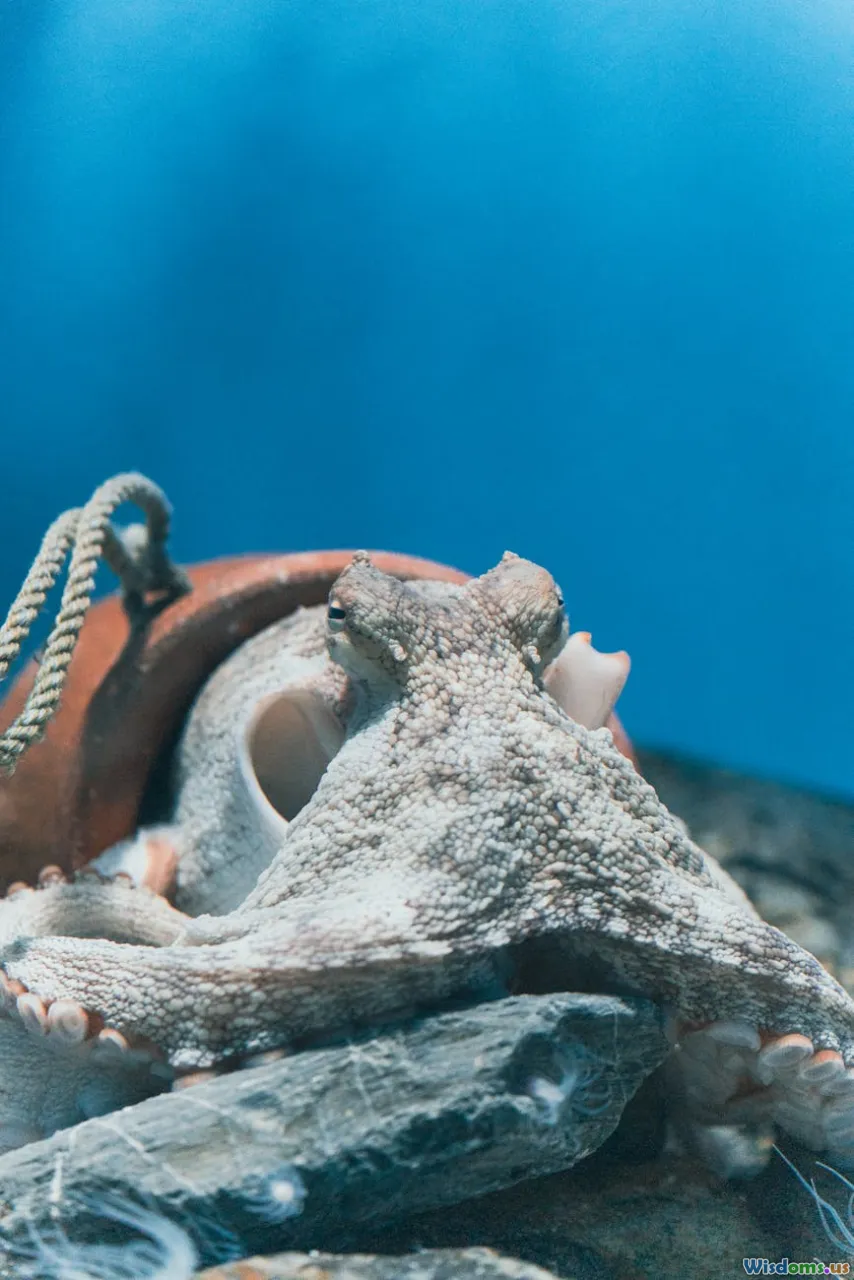
The name says it all: the dumbo octopus (Grimpoteuthis), famous for ear-like fins that resemble the Disney elephant’s, belongs to one of the deepest-dwelling genera of octopuses. It’s not just cute—its biology is revolutionary.
Survival at Extreme Depths
Dumbo octopuses inhabit abyssal zones up to 23,000 feet (7,000 meters) down. There, bones would fracture under pressure and sunlight is a legend. The octopus thrives by floating above the sea bed, using its wing-like appendages for buoyant swimming, an evolutionary boost that sets it apart from other benthic octopods.
Fun Fact: Instead of laying thousands of eggs at once, females can carry eggs at varying degrees of readiness, producing young year-round as opportunity knocks—an outstanding reproductive adaptation to the unpredictable deep sea.
The Sarcastic Fringehead: Mouth Warriors
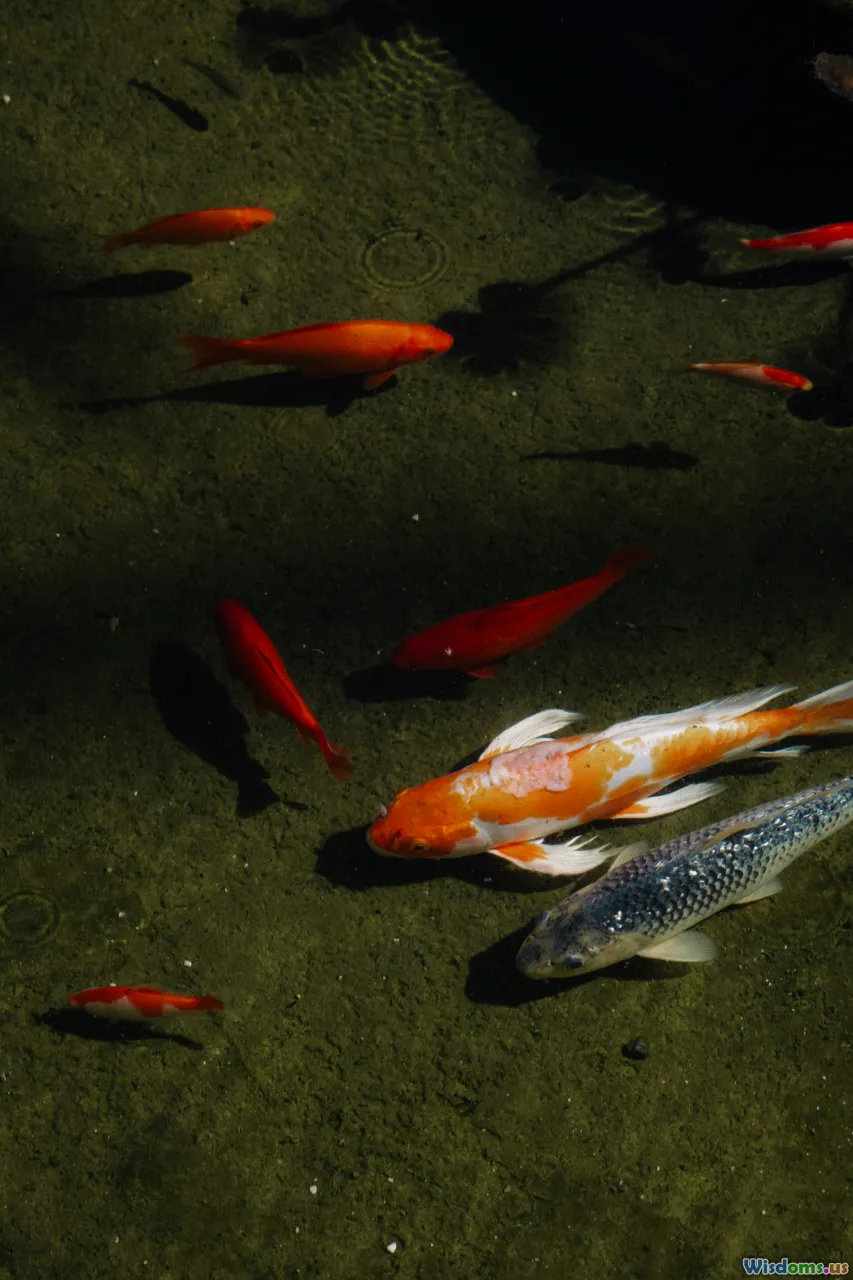
Never judge a fish by its initial appearance. The sarcastic fringehead (Neoclinus blanchardi) patrols the Pacific coast from San Francisco to Baja California, and it might be small (rarely exceeding 12 inches), but it’s all attitude.
Aggression Amid Shipwrecks
Often found living in shells, soda cans, or vacated tube worm burrows, the fringehead’s claim to fame is its territorial ferocity. When defending space, two rival males will press their enormous, brightly colored mouths together in an underwater sumo match. This bizarre display decides the victor—without a fin raised in combat.
Behavioral insight: The battle of the mouths visually bluffs and minimizes fatal combats. For marine wildlife photographers, catching this dramatic moment is a prized rarity.
Halitrephes Jelly: Firework in the Deep
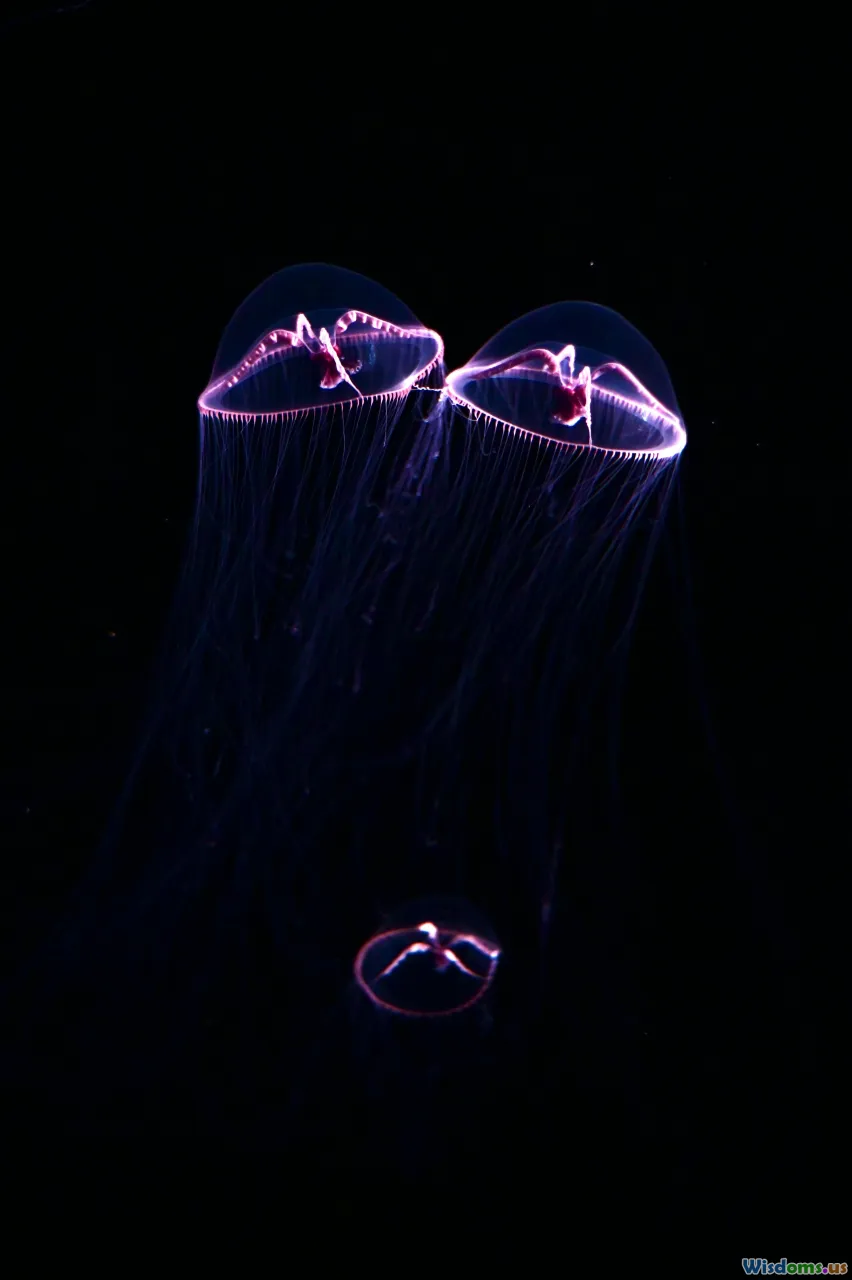
Beneath the world’s oceans, nature throws a fireworks display you’ll never see on Independence Day. The Halitrephes jellyfish, or firework jelly, rounds up the spectacle. Recently captured by ROVs near Mexico and in the Pacific, this jelly’s pulsating, sunburst-like tentacles combine translucent blues and electrifying neon.
Nature's Engineering Marvel
Though measuring just a few inches across, Halitrephes’ core network of radiating canals conduct nutrients through its body, reminiscent of glowing pyrotechnics in the inky black. The effect isn’t for show—it’s how the jelly absorbs food particles drifting from above.
Takeaway: New remotely operated vehicles (ROVs) are revealing these creatures for the first time, sparking wonder at how much life lurks in darkness.
Tasseled Wobbegong: Carpet with Teeth

Sharks don’t always cut streamlined silhouettes through blue waters. The tasseled wobbegong (Eucrossorhinus dasypogon) looks like a patchwork carpet lost in coral alleys of the Indo-Pacific.
Camouflage Mastery
Fleshy tassels hang around its broad head, disrupting outlines like expert-designed camouflage netting. Lying completely still on the seafloor, this shark waits patiently for hours before vacuuming prey like unsuspecting fish or octopus into its enormous, trap-like mouth.
For marine photographers, the wobbegong is an ultimate challenge—spot one before it spots you! Intermediate divers beware: although rarely dangerous, bites often result from accidental encounters during night dives.
The Long-Arm Squid: Masters of the Twilight Zone
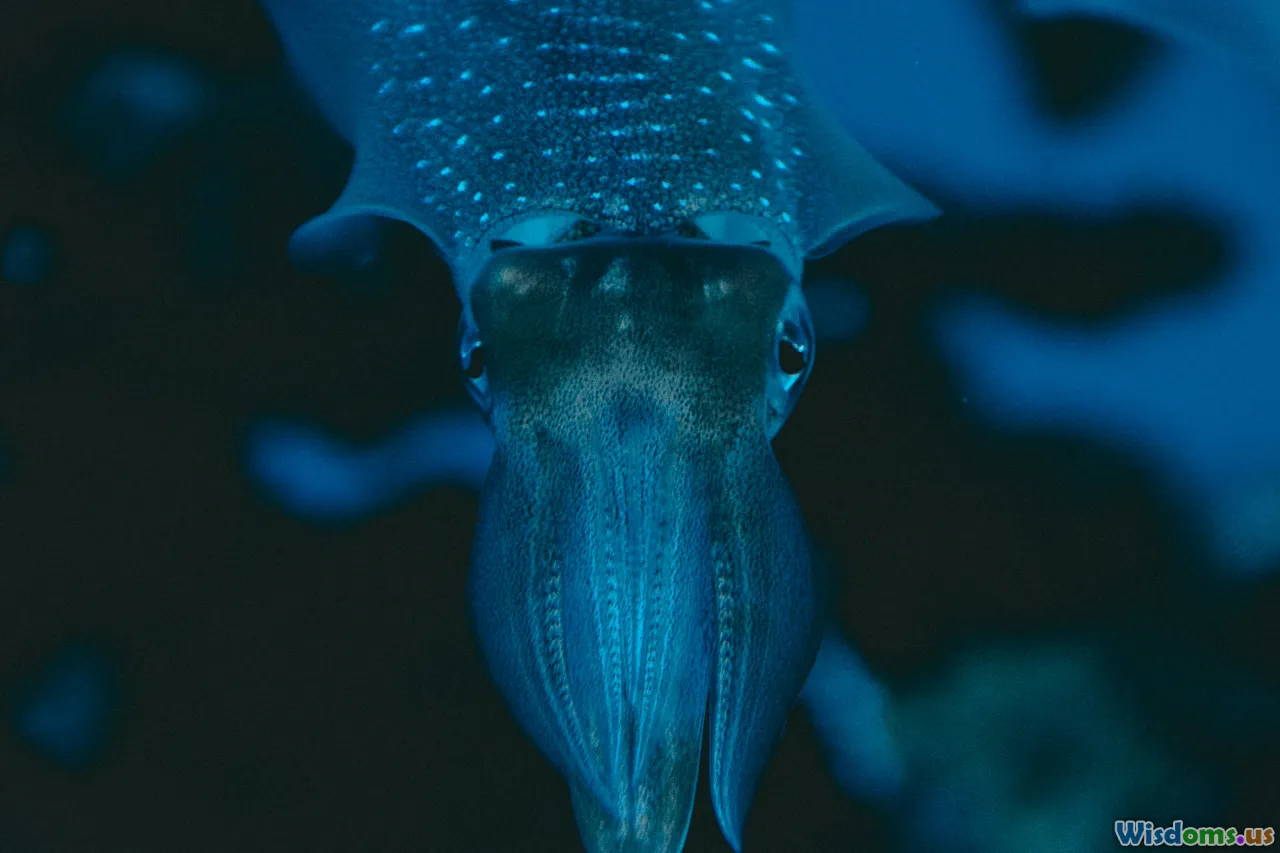
Some squids go big, others go long. Magnapinna or long-arm squids are true enigmas, and few confirmed sightings exist. Found only by luck and robotic deep-sea vehicles, these creatures tie themselves to legends among oceanographers.
Impossibly Elongated Limbs
Long-arm squids’ characteristic: threadlike tentacles extend up to 20 times the length of their mantles, dangling meters below their bodies in a haunting pose. Some specimens, captured by oil rig ROVs, seem to drift with stationary bodies while their arms trail behind—a truly ghostly spectacle.
In 2019, marine researchers in the Gulf of Mexico published some of the clearest video of a Magnapinna to date, further rocking our understanding of deep-sea squids.
Comparison to common squid: Unlike dinner-plate species, Magnapinna’s unique elbowed tentacles suggest specialized feeding, although experts suspect what and how they hunt remain mysteries for now.
The Glass Octopus: Almost Invisible Intelligence
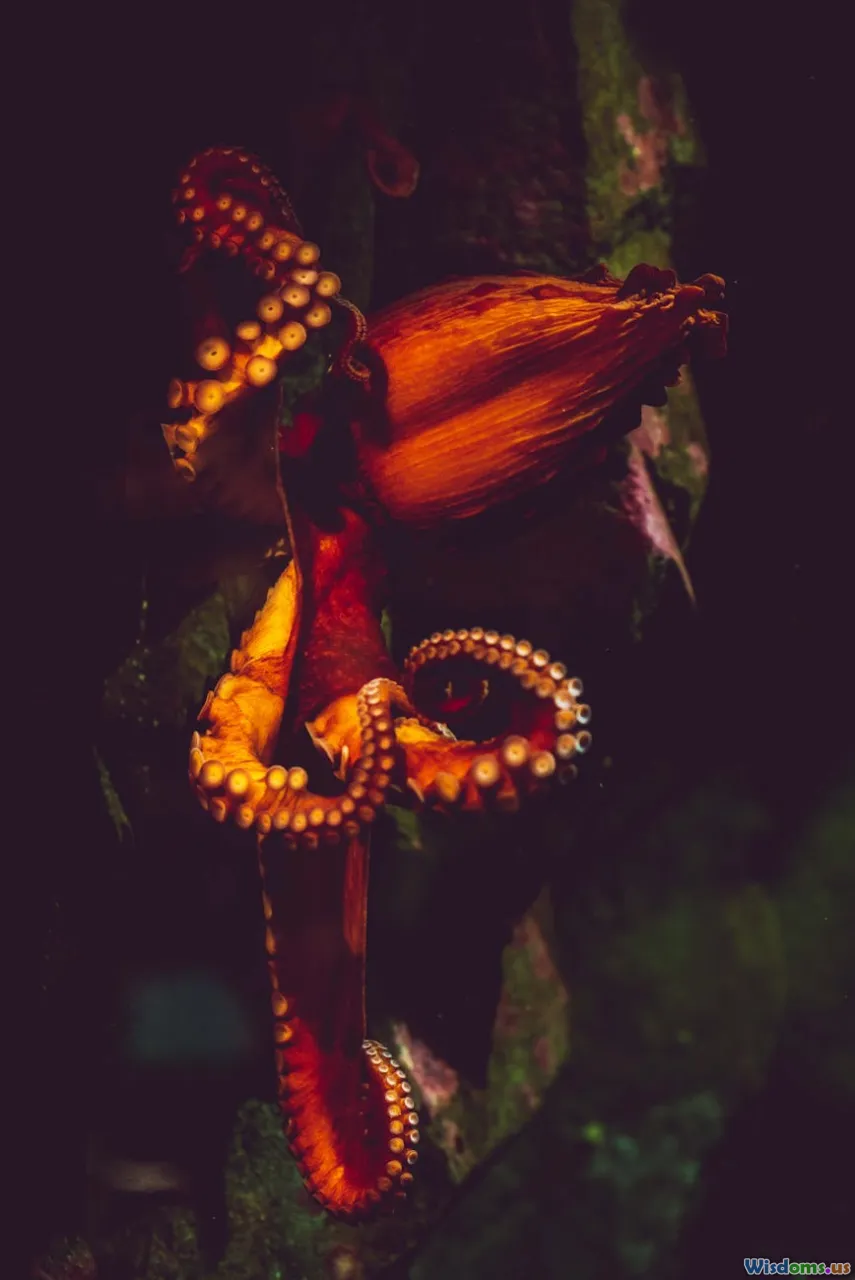
Transparency has its perks—especially for avoiding predators. The nearly invisible glass octopus (Vitreledonella richardi) might be one of the ocean’s most effective hide-and-seek masters.
X-Ray Elegance
All that’s visible in a glass octopus: bright yellow optic nerves, cylindrical eyes, and a delicate digestive tract—everything else is almost completely see-through. Jamie Foster, a marine biologist, describes this level of transparency as an evolutionary adaptation for a world without hiding places.
One captured specimen estimated at 3.5 inches glides by contracting jetlike siphons, blending seamlessly into its shadowy, mid-ocean world. Up until recently, almost no in-situ images existed. That’s changing with advanced deep-sea submersibles operated by organizations like Schmidt Ocean Institute, allowing previously unthinkable observation of their behavior.
The Peacock Mantis Shrimp: The Undersea Prizefighter
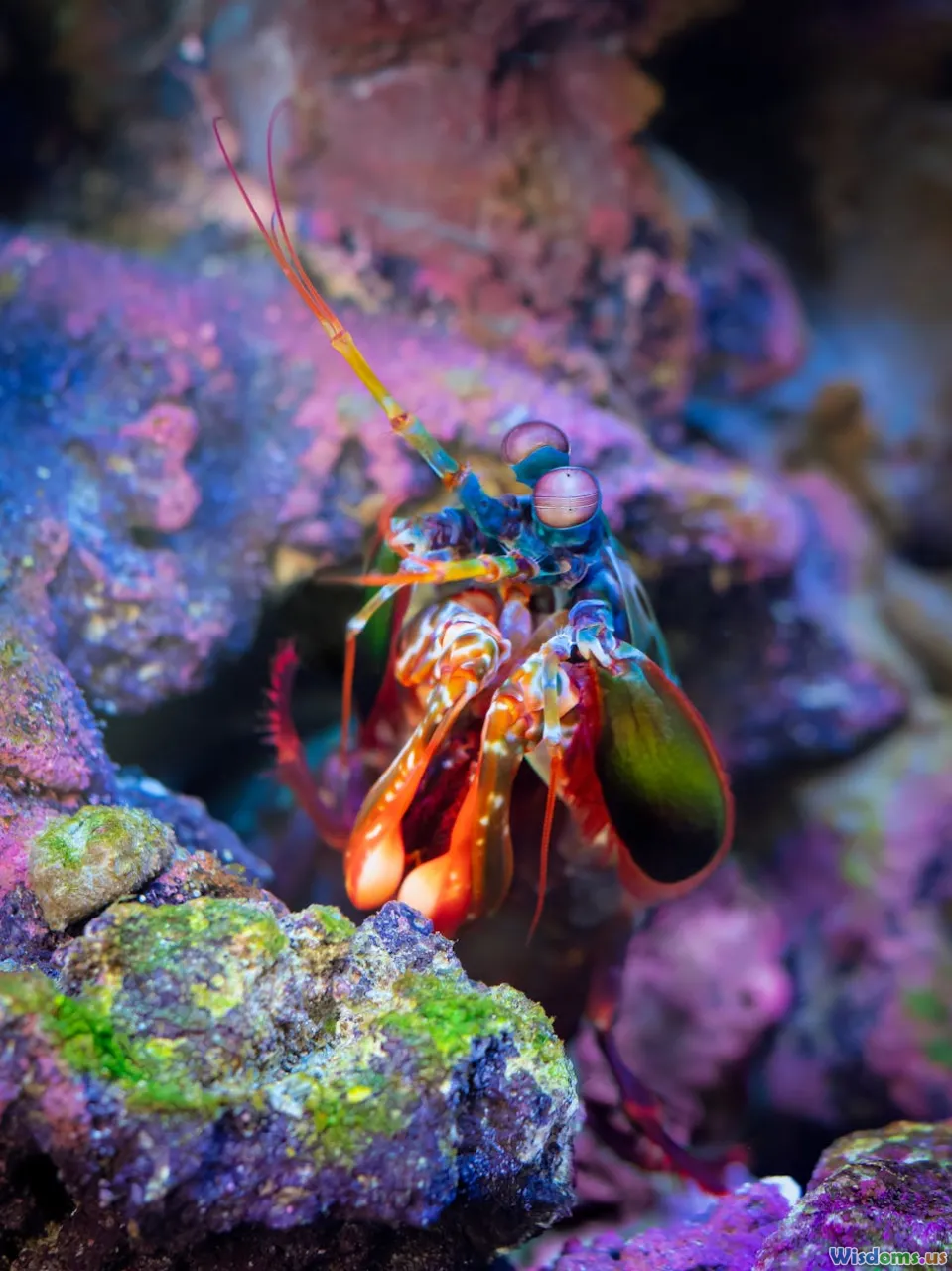
Tiny, yet mighty, the peacock mantis shrimp (Odontodactylus scyllarus) leaps into final spot—no list of mind-blowing marine oddities would be complete without it. This vividly colored crustacean lives on Indo-Pacific reefs and is no bigger than a banana, but its arsenal would impress any heavyweight boxer.
Record-Breaking Punch
With club-like appendages that strike at the velocity of a bullet (over 50 mph), the mantis shrimp can shatter aquarium glass and pulverize prey such as crab shells with ease. The force of impact even generates cavitation bubbles—tiny pockets of superheated vapor that implode, delivering a one-two punch.
But that’s not all: Its complex eyes can see polarized light and up to 12 color channels, compared to our paltry three. Neuropsychologists are studying the mantis shrimp retina for breakthroughs in visual technology, including new generations of cameras and sensors.
The Call of the Unknown: Inspiration from Deep Sea Oddities
The marine world stretches the limits of human imagination. Despite our advances in technology, every year brings new discoveries that alter our perception of life’s resilience, slipperiness, and creativity. Encounters with unfamiliar oddities—whether a translucent jelly pulsing like fireworks or a crab farming lunch in super-heated abyssal vents—remind us that evolution crafts masterpieces in places most of us will never see in person.
The next frontier? Ocean science, drone submersibles, and conservation initiatives are revealing more each expedition. Perhaps the greatest lesson these creatures offer is humility: Incredible beauty and adaptation are everywhere, just beyond the blue horizon, waiting to be found.
Rate the Post
User Reviews
Popular Posts















